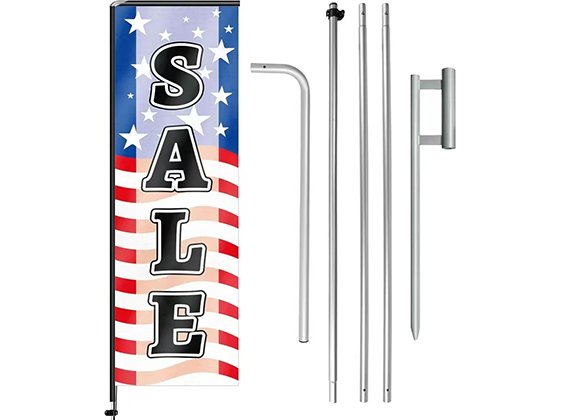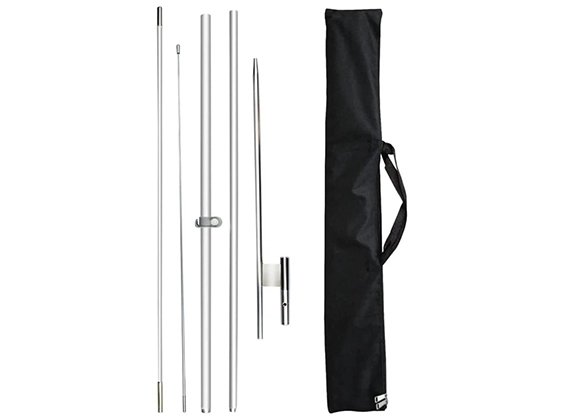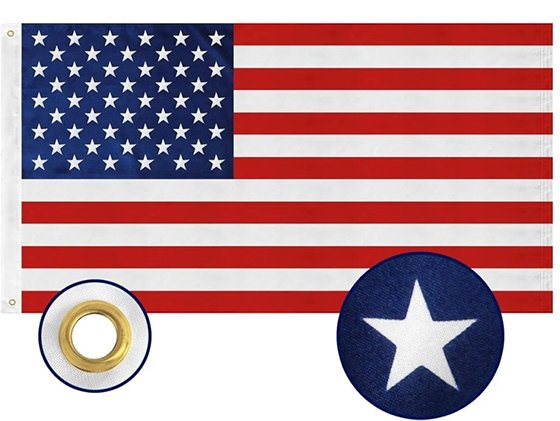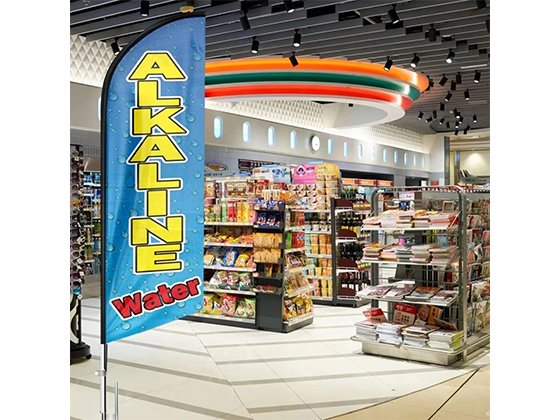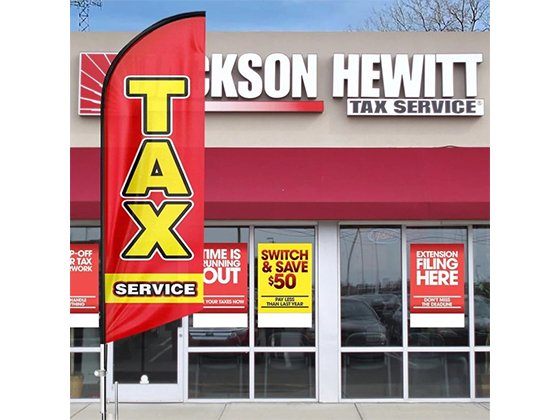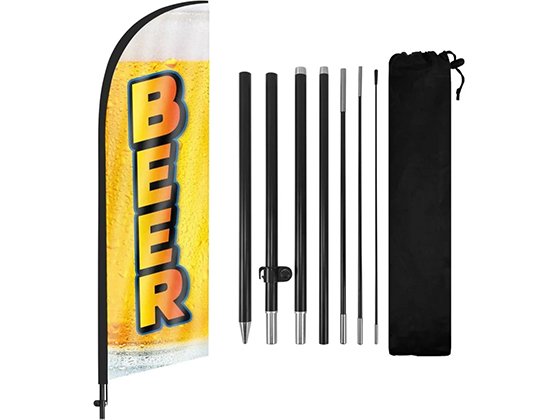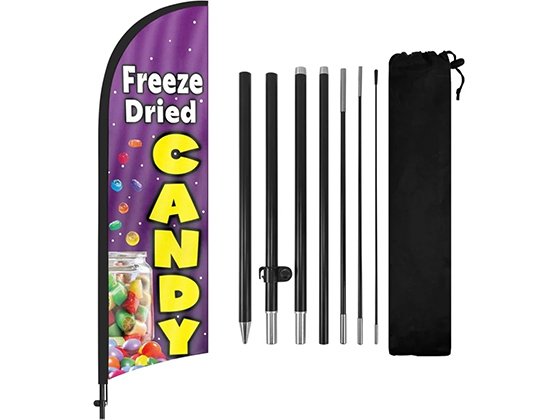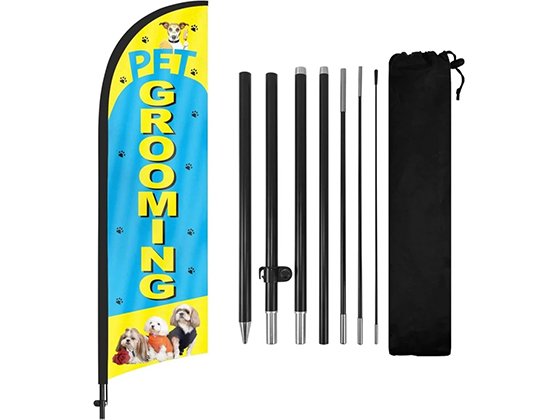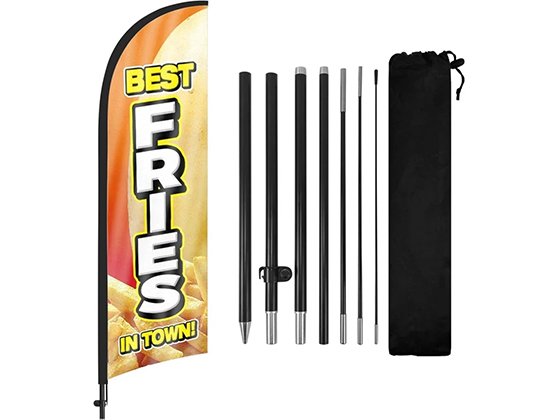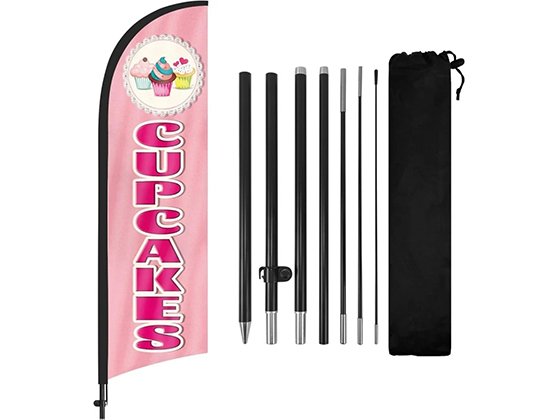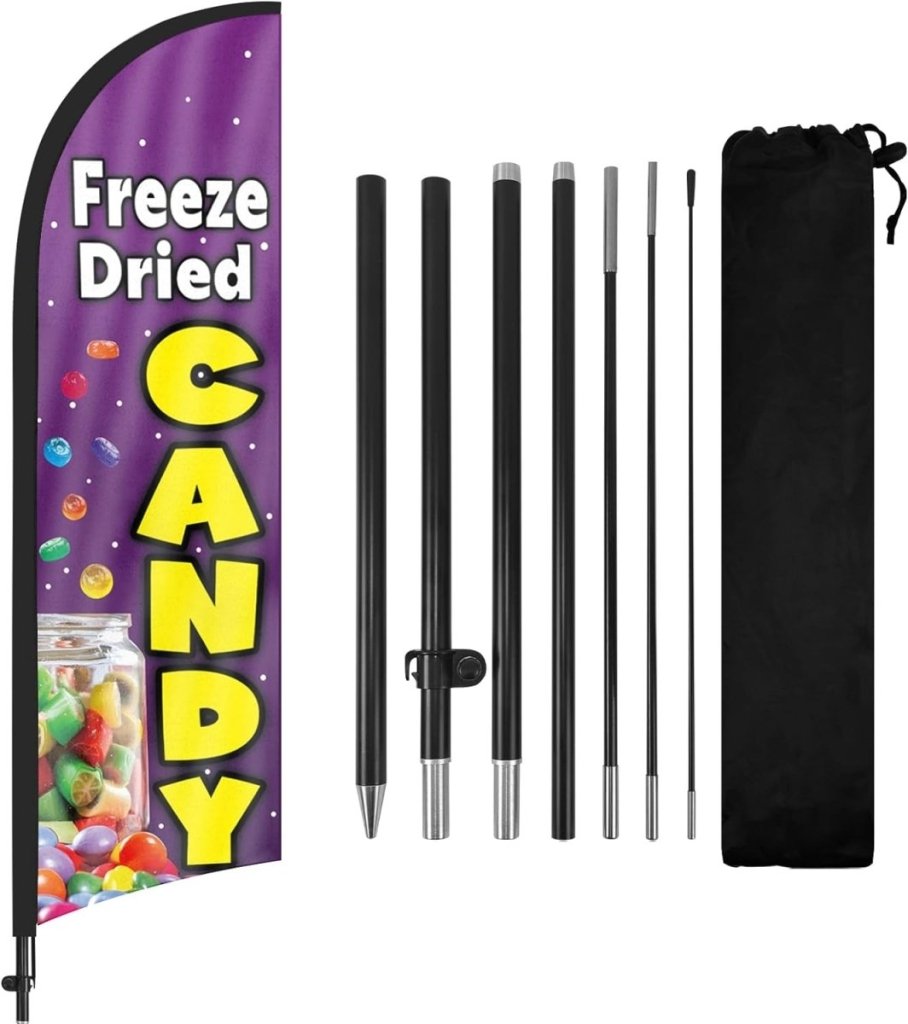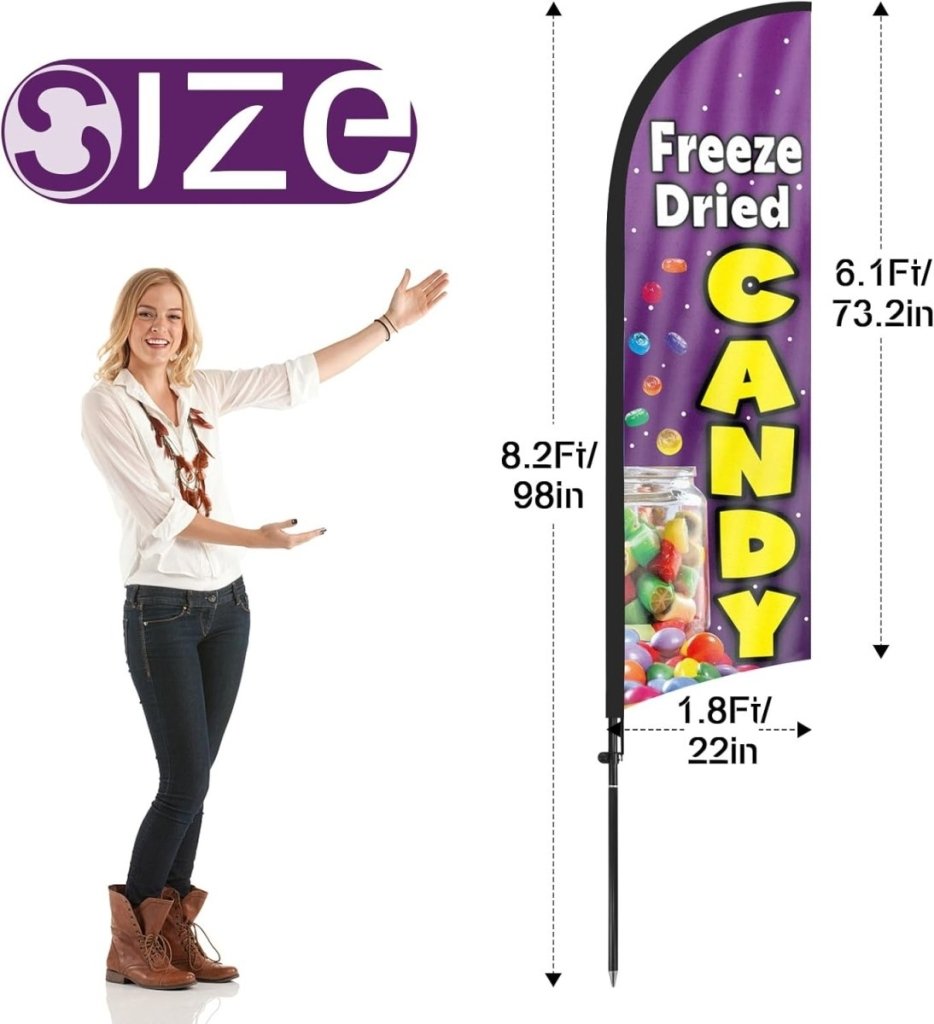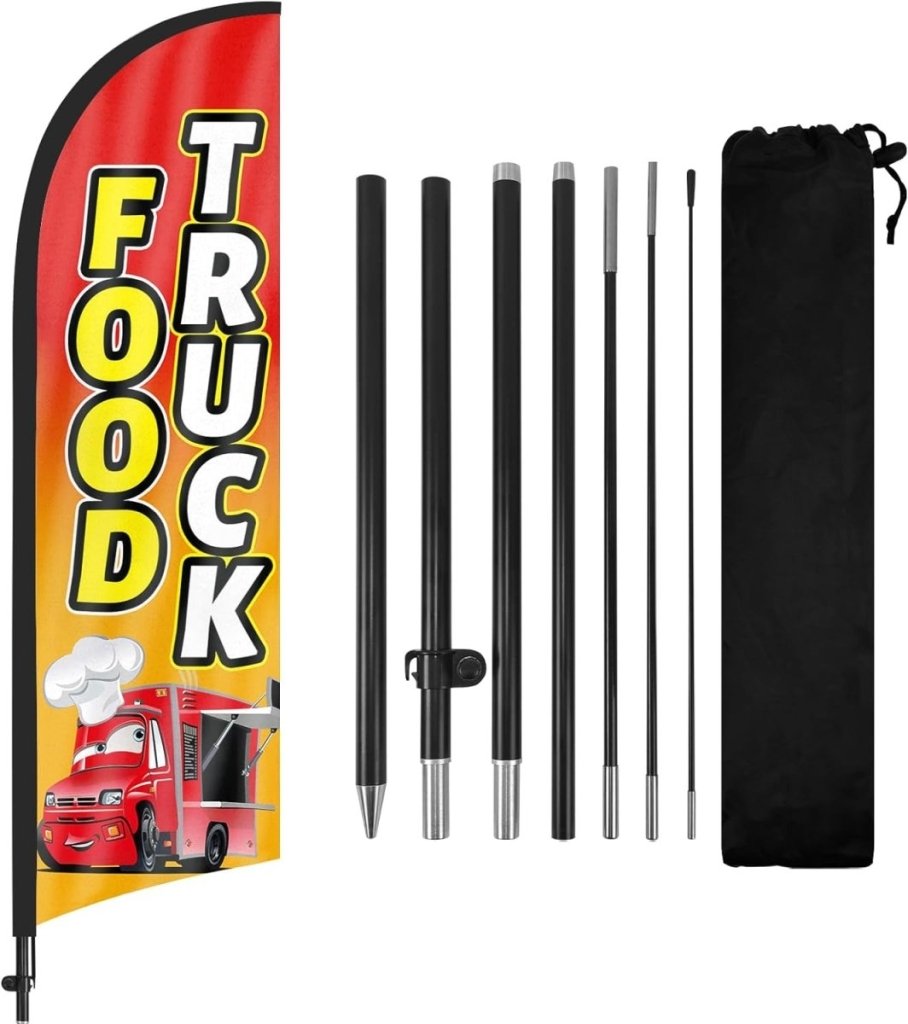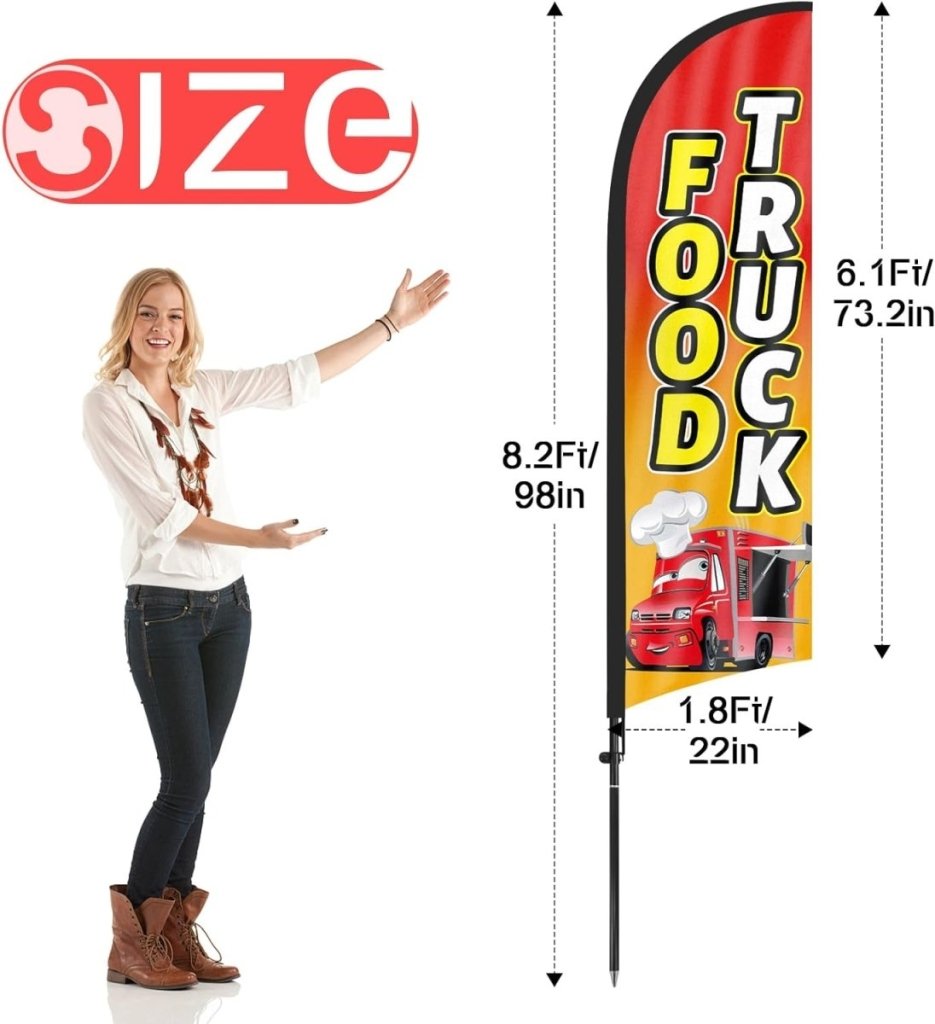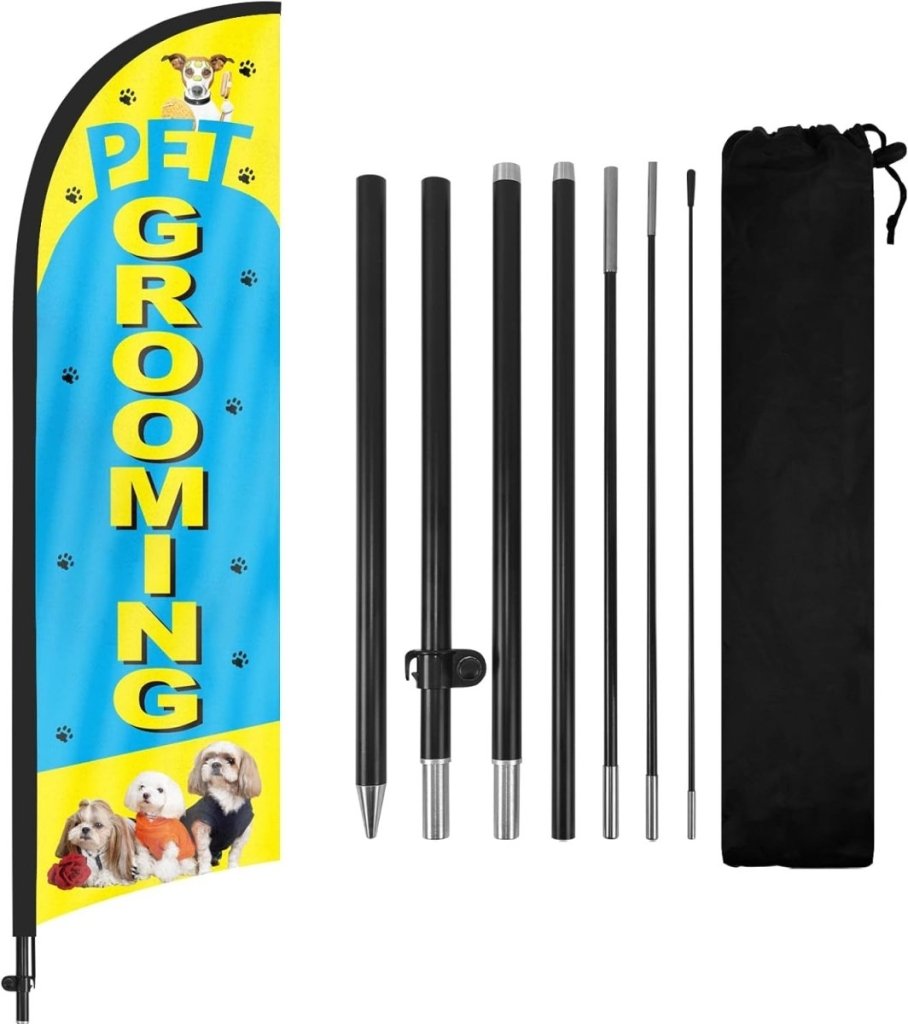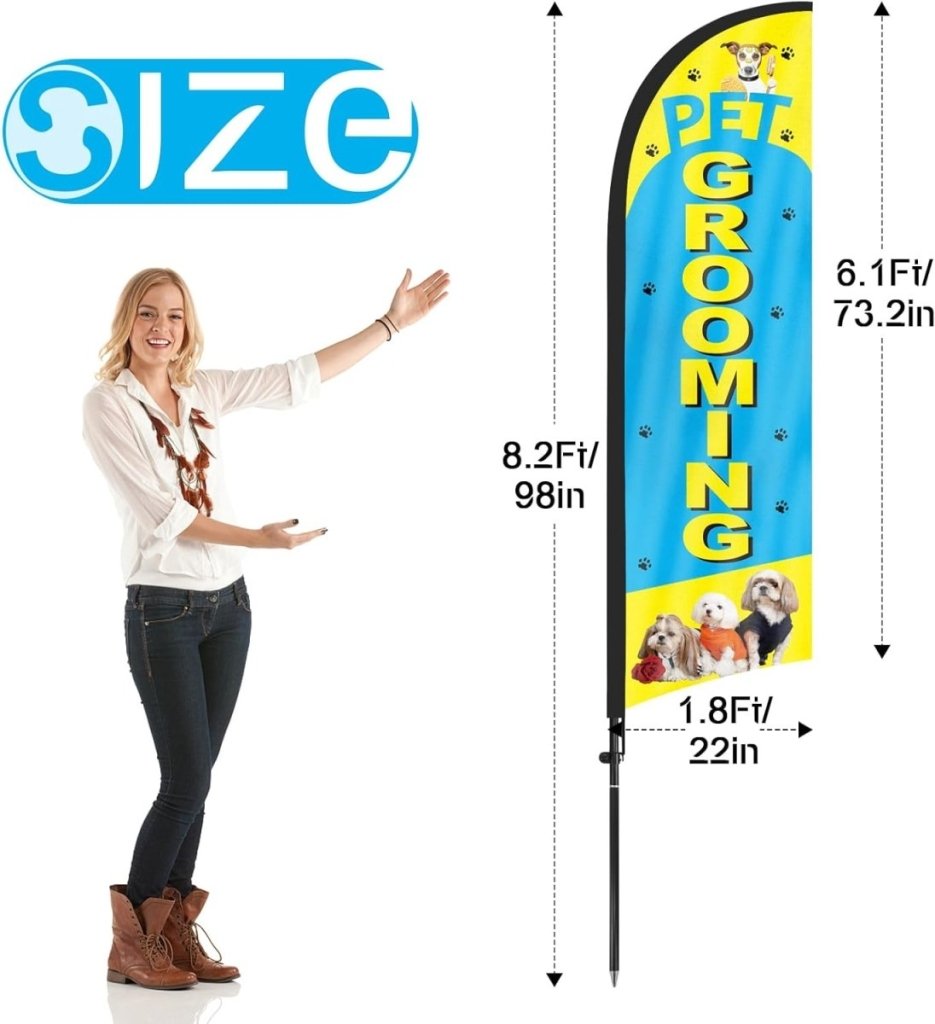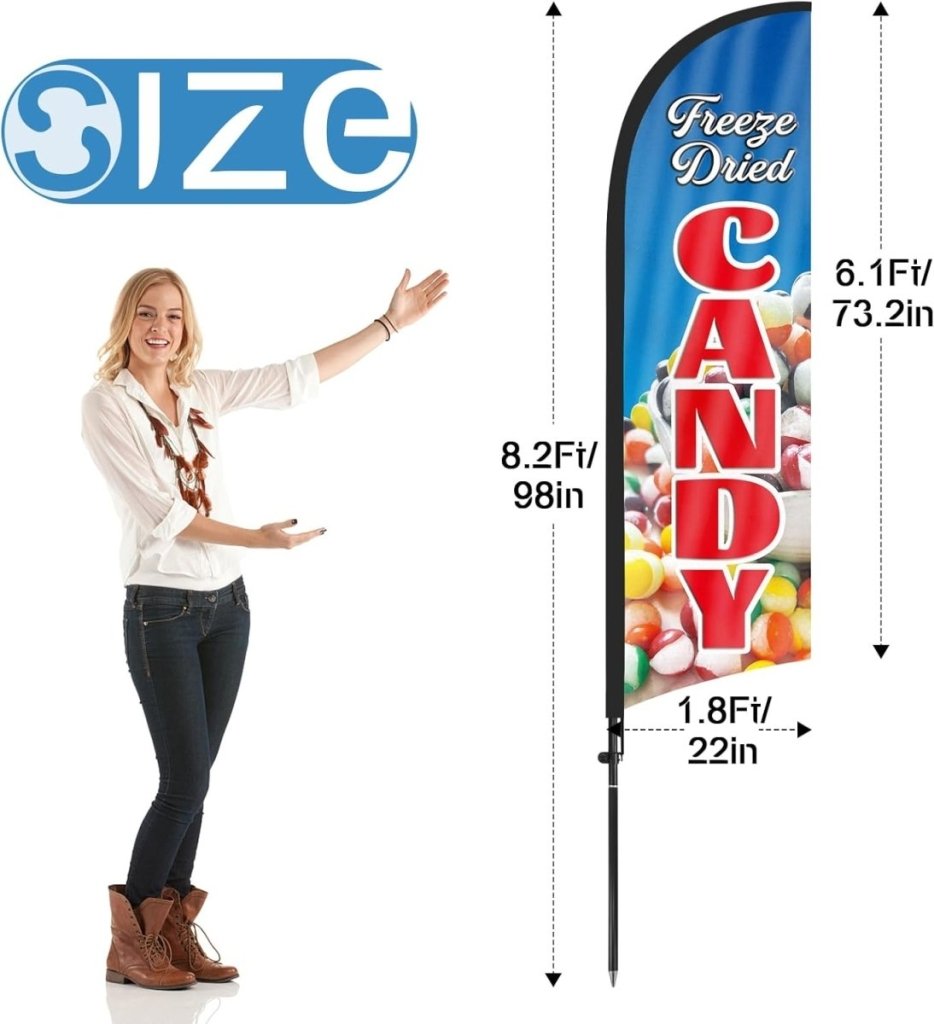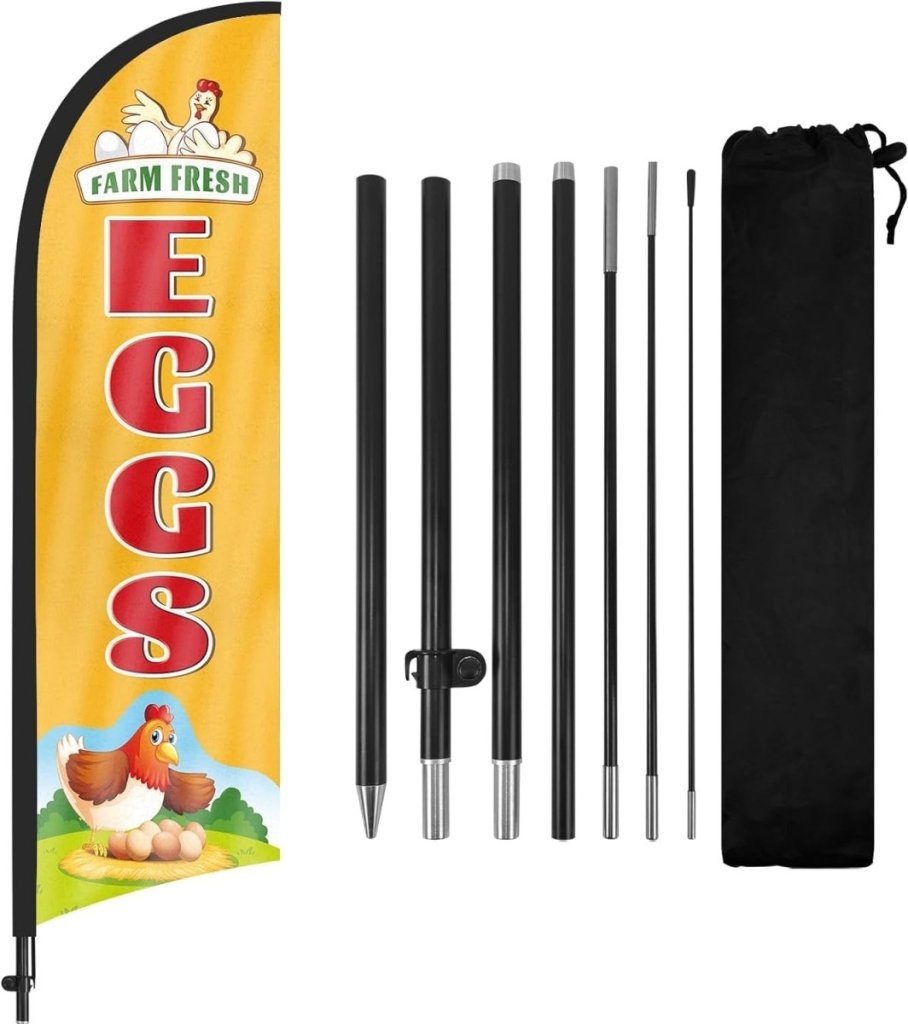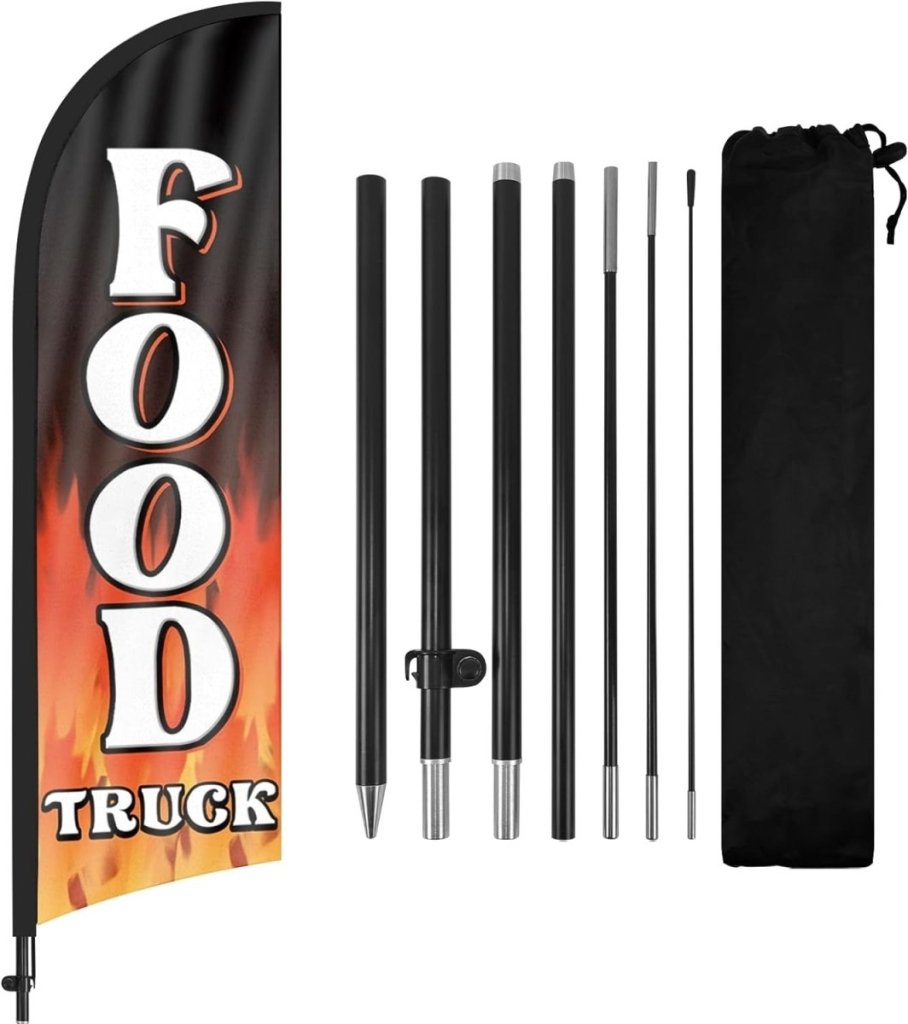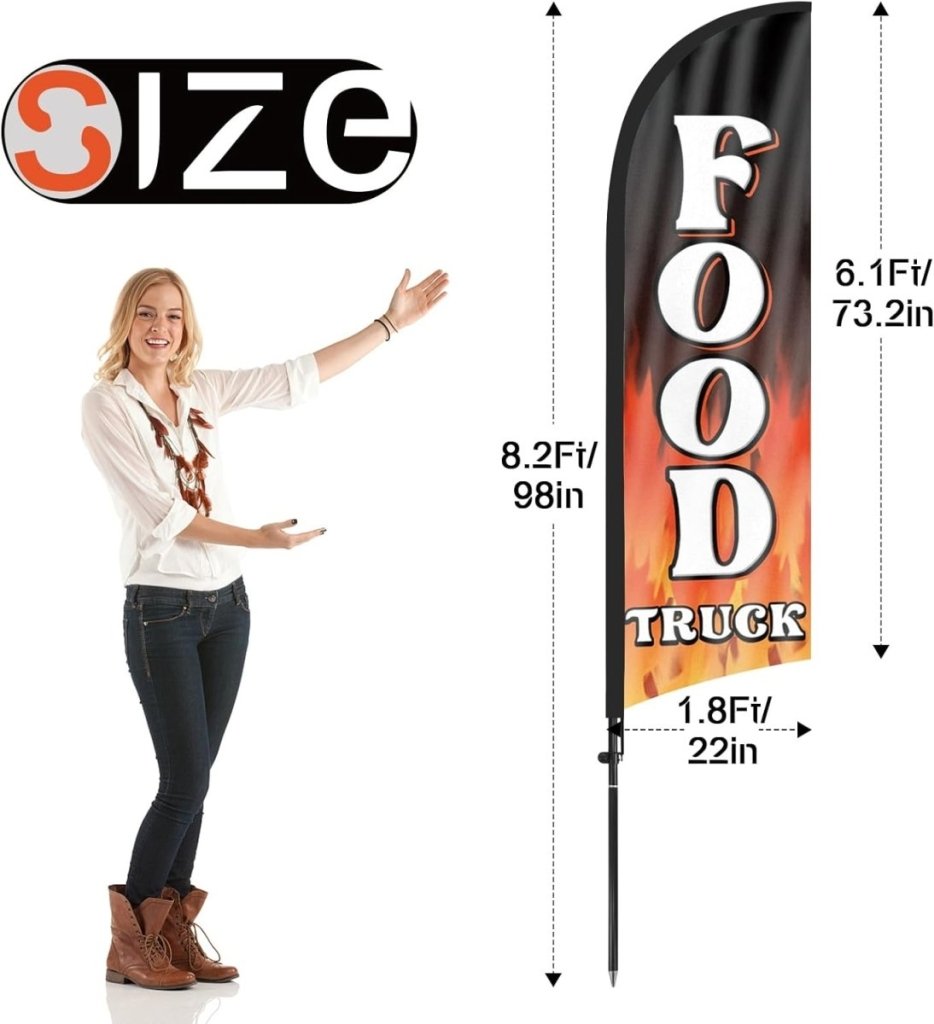Fabric printing technologies come in many forms, including screen printing, heat transfer printing, sublimation printing, liquid printing, digital inkjet printing, foam printing, dye sublimation printing, direct-to-fabric printing, solvent printing, eco-solvent printing, UV printing, HP-Latex printing, and more.
This article explores the printing methods we use, explaining their principles, pros, and cons. If you need custom flags, please contact the FSFlag team.
We use six printing methods: dye sublimation printing, direct-to-fabric printing, solvent printing, eco-solvent printing, UV printing, and HP-Latex printing. Let's explore their working principles and pros and cons.
Dye Sublimation Printing
Dye sublimation printing is a process that uses high heat and pressure to transform solid dyes into gas, which then penetrates polyester fabric fibers.
Pros:
- High-quality images: Vivid colors and sharp details, ideal for complex patterns and photos.
- Durability: The image is embedded in the fibers, making it wear-resistant, water-resistant, and colorfast.
- Eco-friendly: Uses water-based inks, making it environmentally friendly.
- No texture: Images penetrate the fibers, making the fabric soft without affecting its feel.
- Ideal for mass production: Efficient, especially for large-scale production of sportswear, flags, etc.
Cons:
- Material limitation: Only suitable for polyester and synthetic fibers; not suitable for natural fibers like cotton.
- High heat and pressure requirements: Requires high temperature and pressure, making equipment costs higher.
- High initial investment: Equipment and material costs are relatively high.
- Color limitations: Color performance may be limited compared to traditional printing methods.
- Not suitable for dark fabrics: Does not work well on dark-colored fabrics.
Direct-to-Fabric Printing
This method prints designs directly onto fabric using inkjet technology. No transfer paper or intermediary material is required.
Pros:
- High resolution: Ideal for fine, detailed designs like photo-quality images and multi-color gradients.
- Fast production: Prints directly from digital files, eliminating the need for printing plates, making it suitable for rapid prototyping and small-scale production.
- Customization: Perfect for personalized designs and small-batch production.
- Eco-friendly: Often uses water-based inks, reducing the use of harmful chemicals.
- Versatile: Suitable for both natural (cotton, linen, silk) and synthetic fibers (polyester).
Cons:
- High equipment cost: Requires expensive printers and associated equipment, making it costly for small businesses.
- Material limitations: Some fabrics may require special treatments or inks for optimal results, especially natural fibers.
- Production speed: Slower than traditional methods like screen printing and transfer printing, particularly for large designs.
- Durability issues: Printed designs may fade or discolor after several washes, especially in high-heat or frequent-wash environments.
Solvent Printing
Solvent printing uses solvent-based inks and is widely used for large-format advertising printing, such as posters, banners, and vehicle wraps.
Pros:
- Wide material compatibility: Works on materials that traditional printing methods cannot handle.
- Strong weather resistance: Ideal for outdoor applications.
- High-quality image: Provides vivid, durable colors and fine details.
- Wear-resistant: Resistant to physical wear and tear.
- Rich colors: Suitable for large-area and multi-color prints.
Cons:
- Environmental impact: Solvent inks may release harmful chemicals into the environment.
- High cost: Solvent inks and related equipment are expensive, including maintenance.
- Slow printing speed: Slower than some other printing technologies, especially for large prints.
- Limited material compatibility: Not all materials, especially natural fibers, work well with solvent inks.
Eco-Solvent Printing
Eco-solvent printing is an improved version of solvent printing, using environmentally friendly inks to reduce potential harm to the environment and health.
UV Printing
UV printing uses ultraviolet (UV) light to quickly cure the ink during the printing process, making the design stable and durable.
Pros:
- Quick curing: Dries almost instantly under UV light, increasing production efficiency.
- High-quality output: Provides sharp, vibrant designs with high resolution.
- Eco-friendly: UV inks are free from harmful solvents and do not emit VOCs.
- Versatile material compatibility: Works on a wide range of materials, including irregular surfaces.
- Durability: UV prints are highly resistant to wear, water, and UV exposure, making them suitable for outdoor applications.
Cons:
- High equipment cost: Requires a significant initial investment for UV printers.
- Material-specific requirements: Some materials require special treatment for proper ink adhesion.
- Limited color range: May not offer the same color options as traditional printing methods.
- Safety concerns: UV lamps emit harmful UV rays, requiring operators to take safety precautions.
HP-Latex Printing
HP-Latex printing uses latex-based inks and offers high-quality printing with fast drying times.
Pros:
- Eco-friendly: Latex inks are water-based and free of harmful VOCs.
- High-quality print: Delivers clear, sharp images with vibrant colors.
- Durable and weather-resistant: Suitable for outdoor applications, with strong UV, water, and wear resistance.
- Versatile: Works on various materials, including paper, fabric, PVC, and more.
- Fast processing: The quick drying time allows for almost immediate handling and packing.
Cons:
- High cost: The equipment and ink costs are relatively high.
- Slower printing speed: May not be as fast as some other technologies, especially in large-scale production.
- Special material requirements: Certain materials may need treatment to ensure ink adhesion.
- Temperature and humidity sensitivity: Latex ink curing can be affected by environmental conditions.

